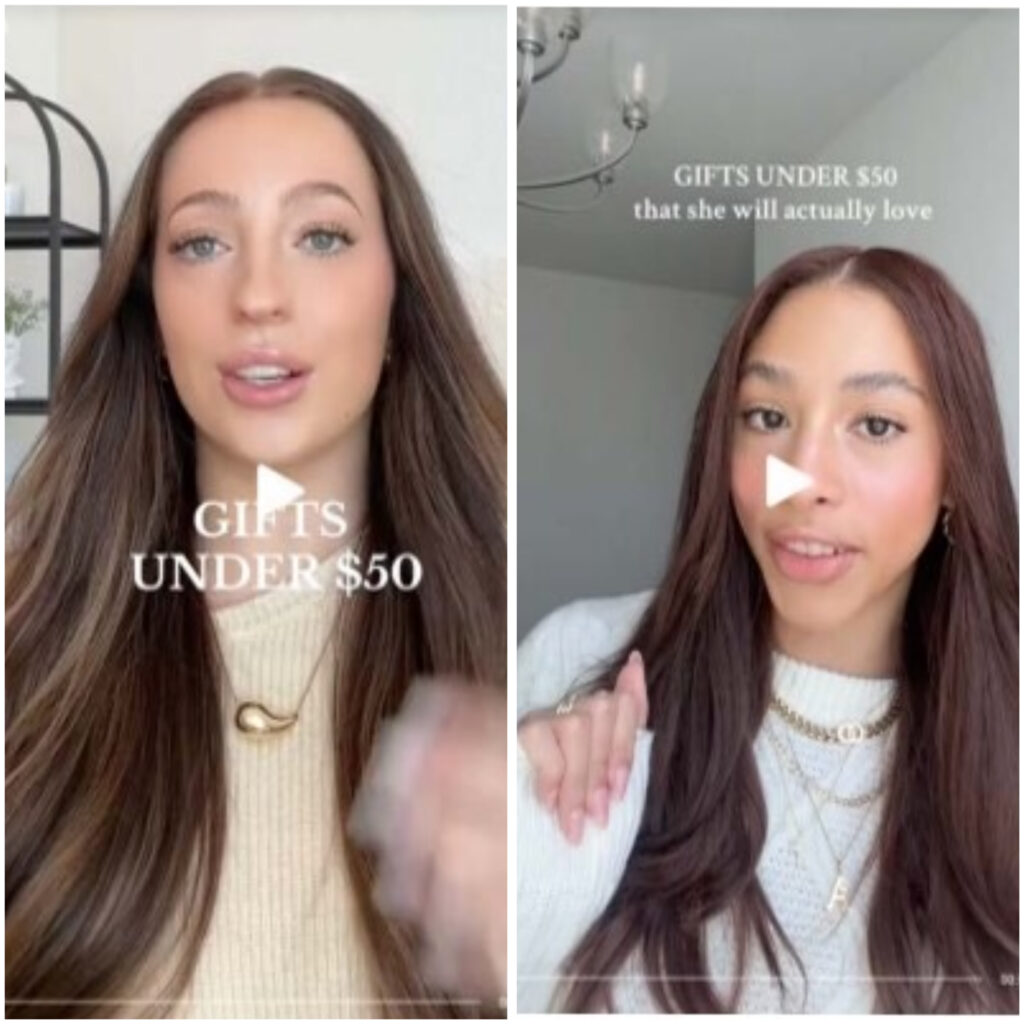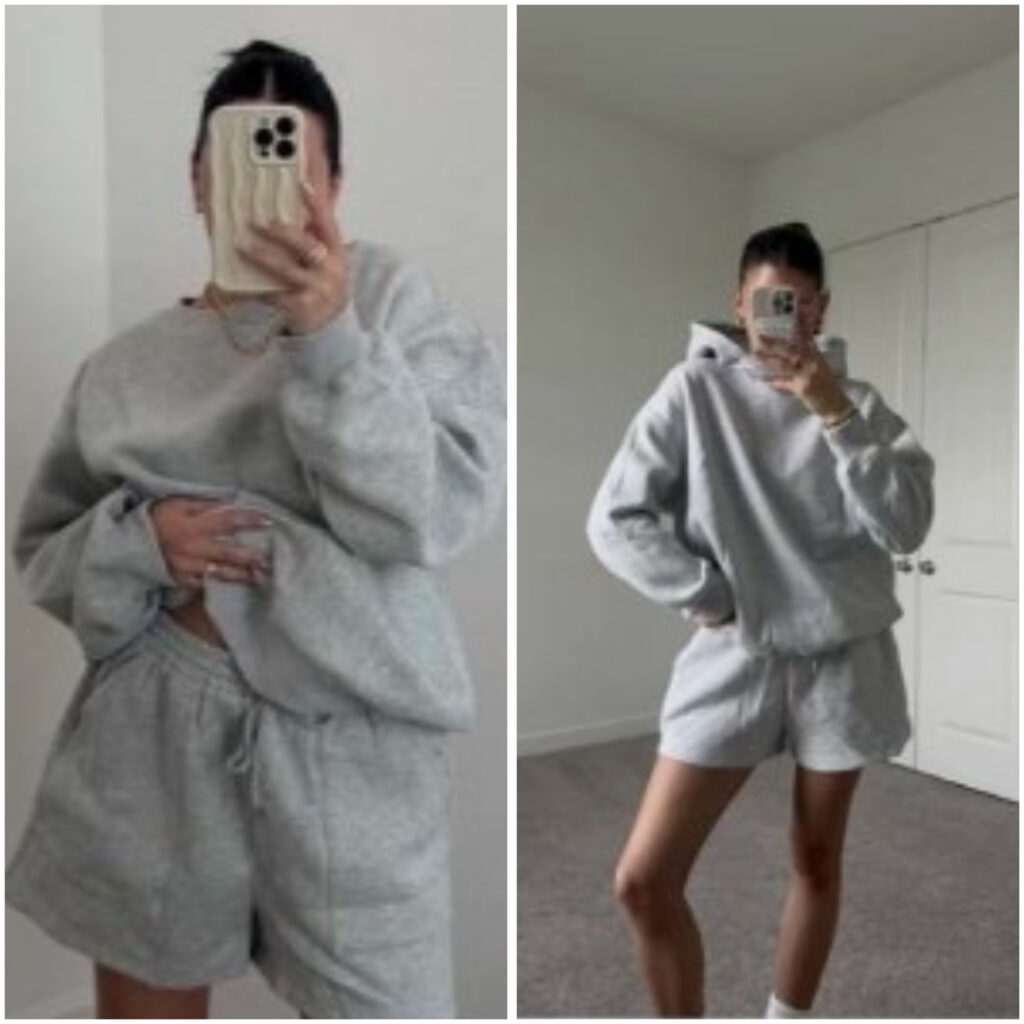A social media influencer who filed a novel lawsuit in the federal Western District of Texas against a competitor she alleges copied her beige aesthetic to market home decor and fashion products is likely to become an influencer of plaintiffs.
The lawsuit filed by Sydney Nicole Gifford, a former Austin resident who promotes Amazon products, against fellow Austin-area influencer Alyssa Sheil made it past a motion to dismiss last month. Lawyers who spoke with The Texas Lawbook anticipate the suit will serve as a precedent for similar lawsuits.
With media outlets like Vogue and The New York Times covering the suit, the buzz may prompt influencers and their attorneys to explore how to use the law to safeguard their brand aesthetics, but legal observers expressed skepticism about the viability of Gifford’s claims.

In an exhibit attached to her complaint, filed in April 2024, Gifford pointed to more than 60 of Sheil’s posts on Instagram, TikTok, Amazon Storefront and other social media websites that purportedly mirror Gifford’s: The women striking similar poses while wearing the same cream-color sweater, for example, and a white and beige set of pots and pans arranged in a comparable display. Each woman even has a floral tattoo on her bicep.
Sheil’s social media aesthetic took a turn, Gifford’s lawsuit alleges, around the same time she and Gifford met in person in Austin: first on Dec. 7, 2022, and again on Jan. 23, 2023. Sheil, who blocked Gifford from viewing her content on Instagram and TikTok, began mimicking Gifford’s posts and promoting the same Amazon products, the lawsuit claims.
Gifford accuses Sheil of infringing on several copyright protected posts; Gifford had registered more than 100 photos and videos with the U.S. Copyright Office. Sheil has denied copying Gifford’s content.
“(T)his case appears to be the first of its kind — one in which a social media influencer accuses another influencer of (among other things) copyright infringement based on the similarities between their posts that promote the same products,” U.S. Magistrate Judge Dustin M. Howell wrote in a report and recommendation adopted by U.S. District Judge Robert Pitman that allowed the case to proceed. Discovery is due June 25, and the lawyers have a July 25 deadline for motions. Lawyers who spoke to The Lawbook expressed skepticism the case will survive summary judgment and speculated the influencers will settle before the July deadline.
Gifford alleged eight causes of action in her lawsuit: copyright infringement, vicarious copyright infringement, trade dress infringement, misappropriation of her likeness, tortious interference, unfair trade practices and competition, unjust enrichment and violations of the Digital Millennium Copyright Act.
Sheil challenged six of the causes, decrying Gifford’s “throw everything at the wall and see what sticks” complaint and succeeded in persuading the judge to dismiss three. The causes of action that remain are copyright infringement, vicarious copyright infringement, trade dress infringement, misappropriation of likeness and violations of the DMCA.
Marc Fuller, a partner in Jackson Walker’s Dallas office, cautioned that the judge’s decision does not mean the case is on track to win. At this stage, Fuller believes the judge is being cautious and refraining from ruling definitively on some issues of first impression.
“I think that this is basically a case that has been deemed plausible enough to make it into discovery, but I think that’s a long way from having claims that are going to end up prevailing,” Fuller said.
Fuller pointed to Los Angeles-based Greenberg Glusker partner Aaron J. Moss’s Copyright Lately blog post in response to a New York Times article about the case, headlined ‘Can You Copyright a Vibe?’
“No,” Moss wrote. He pointed to two cases out of the Ninth Circuit to prove his point: a lawsuit over whether the song “Blurred Lines” by Pharrell Williams, Robin Thicke and Clifford Harris Jr. infringed the copyright in Marvin Gaye’s “Got to Give It Up” and a suit brought against Nike by a photographer who claimed the iconic “Jumpman” photo of Michael Jordan stretched mid-air before dunking a basketball through a hoop was a copy of his original.
The Ninth Circuit’s 2018 decision to uphold a jury verdict finding the “Blurred Lines” singers infringed is largely considered an outlier, Moss wrote. He underscored that the majority wrote, “Our decision does not grant license to copyright a musical style or ‘groove.’”
That same year, the Ninth Circuit dismissed the Jumpman case, finding Nike did not infringe the plaintiff’s work and upholding the district court’s dismissal at the pleading stage. The majority found that no evidence disclosed in a discovery phase could change the fact that the photos were not substantially similar as a matter of law.
One of the primary legal questions is whether Gifford’s aesthetic is sufficiently distinctive to be protected. Lawyers who spoke to The Lawbook expressed doubt that Gifford’s brand was as recognizable as other famous people who have successfully waged copyright infringement lawsuits, such as Wheel of Fortune game show hostess Vanna White who won her 1992 lawsuit over a Samsung advertisement that portrayed a robot that resembled White wearing a blonde wig and jewelry standing beside game show board letters.
The very aesthetic Gifford claims as her own has previously been linked to stars such as actress Hailey Bieber and reality TV standout Kim Kardashian.

“There’s no intellectual property right for [a vibe or an aesthetic] and if there was, Kim Kardashian would have it,” said Danielle Garno, co-chair of Holland & Knight’s entertainment law team.
Margarita Coale, whose Dallas-based solo practice focuses on representing authors, said influencers, like many of her clients, are working within a framework of trends, which are not inherently protected under copyright law.
If the judge were to rule in Gifford’s favor, asserting that she owns exclusive rights over a particular outfit, pose or look, it could have far-reaching consequences for social media influencers, Coale said.
“Can you imagine if the court finds that someone who poses in a chair with a straight back has exclusive rights to that look?” Coale said. “What would that say about the future of creativity in the influencer space?”
Haynes Boone intellectual property lawyer Michael J. Lambert, who practices primarily in the Western District of Texas, said it’s notably difficult to get DMCA claims past the summary judgment stage, which will come next for Gifford and Sheil. For a DMCA claim to succeed, Gifford must prove that Sheil intentionally removed copyright management information to conceal infringement. Lambert said he had a DMCA case before another judge in the Western District that survived the motion to dismiss but not the motion for summary judgment.
“There was clearly removal of copyright management information, but we weren’t able to show that he intended to do it,” Lambert said.
One of the more unusual aspects of Gifford’s lawsuit is her vicarious copyright infringement claim, Lambert said. Gifford argues that Sheil should be held liable for the infringement committed by her followers. Typically, vicarious liability claims focus on a third-party infringer, as seen in the famous lawsuits the music industry waged against file-sharing service Napster.
“Napster was held liable for vicarious copyright infringement because, essentially, they were allowing users to infringe on other people’s rights. Here, it’s a little bit different because the vicarious claim is trying to hold Sheil liable for infringement of people that look at her posts, her followers essentially, which is unorthodox and something I’ve never really seen before,” Lambert said.
Jason S. McManis, an Ahmad Zavitsanos & Mensing partner representing Sheil, has leaned on copyright cases in the fashion industry to craft a defense. But in many ways, the case boils down to simple common sense, he said.
“In the influencer industry, the goal is to influence, whether it’s creating looks or just publicizing a look that you’ve seen elsewhere and have a slightly different take on and then hoping that others also want to copy,” McManis said. “Is that something that’s protectable? I think the way Ms. Gifford has described it, it’s not.”
Gifford’s lawyers, Sanjeev Kumar and Kirsten Lane Kumar of The Kumar Law Firm in Lakeway, did not respond to The Lawbook’s request for comment.
Sheil is also represented by Shahmeer Halepota, Sujeeth Rajavolu and Thomas Frashier of Ahmad, Zavitsanos & Mensing.
The case number is 1:24-cv-423 in the Western District of Texas Austin Division.
